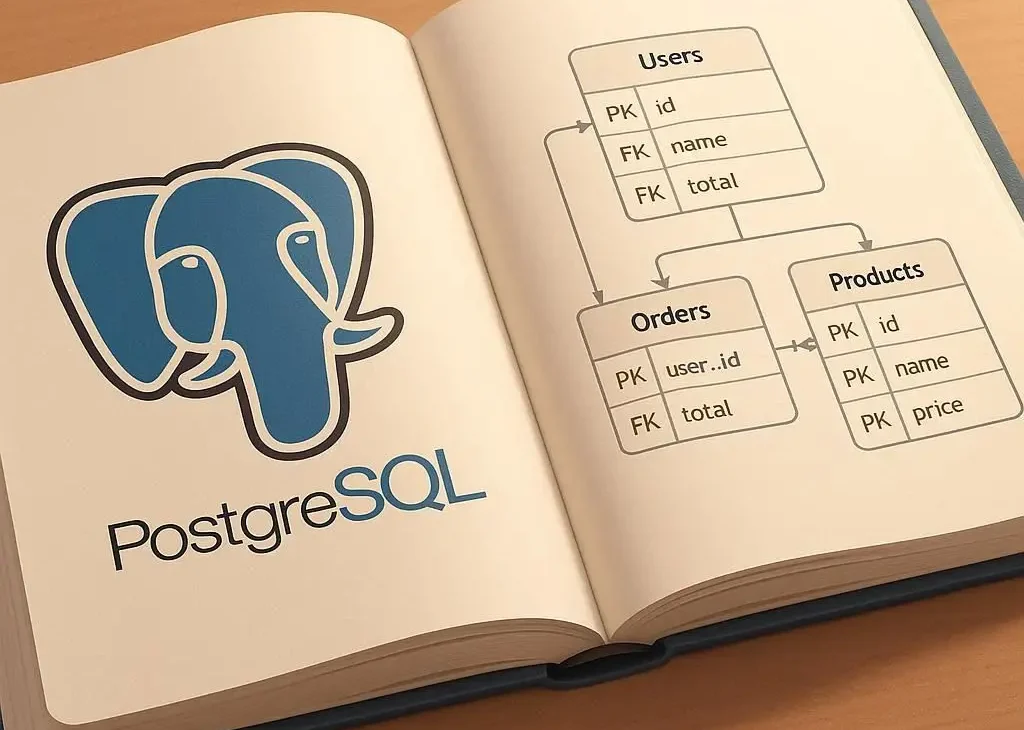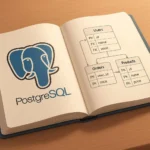Introduction
If you’re stepping into the world of databases, PostgreSQL is one of the best places to start. Known for its reliability, performance, and open-source flexibility, PostgreSQL powers everything from small apps to enterprise-grade systems. In this beginner-friendly guide, we’ll take you step by step through installation, setup, and writing your first queries. By the end, you’ll be ready to confidently use PostgreSQL in real-world projects.
What is PostgreSQL?
PostgreSQL (often called Postgres) is an advanced, open-source relational database management system (RDBMS). It supports SQL (relational) and JSON (non-relational), making it versatile for both traditional and modern applications.
Why Choose PostgreSQL?
- Open-source and free
- Highly reliable and ACID-compliant
- Supports advanced features like indexing, triggers, and stored procedures
- Scales well for both small and large projects
Step 1: Install PostgreSQL
- Download PostgreSQL from the official site.
- Choose your operating system (Windows, macOS, Linux).
- Follow the installation wizard and set a password for the default user (
postgres).
💡 Pro Tip: Install pgAdmin, a graphical tool that makes managing PostgreSQL easier for beginners.
Step 2: Connect to PostgreSQL
After installation, open the PostgreSQL shell (psql) or pgAdmin.
- psql command line:
psql -U postgres- Enter your password and you’re in!
Step 3: Create Your First Database
CREATE DATABASE my_first_db;Now connect to it:
\c my_first_dbStep 4: Create Your First Table
CREATE TABLE students (
id SERIAL PRIMARY KEY,
name VARCHAR(50),
age INT,
enrolled DATE
);Step 5: Insert Data
INSERT INTO students (name, age, enrolled)
VALUES ('Alice', 22, '2025-09-14'),
('Bob', 24, '2025-09-14');Step 6: Query the Table
SELECT * FROM students;This will display the data you just inserted. 🎉
Step 7: Update & Delete Data
- Update:
UPDATE students SET age = 23 WHERE name = 'Alice';- Delete:
DELETE FROM students WHERE name = 'Bob';Best Practices for Beginners
- Always back up your database.
- Use meaningful table and column names.
- Learn about indexes for faster queries.
- Explore PostgreSQL’s advanced features gradually.
Conclusion
PostgreSQL is one of the most beginner-friendly yet powerful databases you can learn. By following this step-by-step guide, you’ve already installed PostgreSQL, created a database, added a table, and run your first SQL queries.
As you grow, explore advanced topics like indexing, joins, and stored procedures. PostgreSQL is a skill that will set you apart as a developer and beyond.









